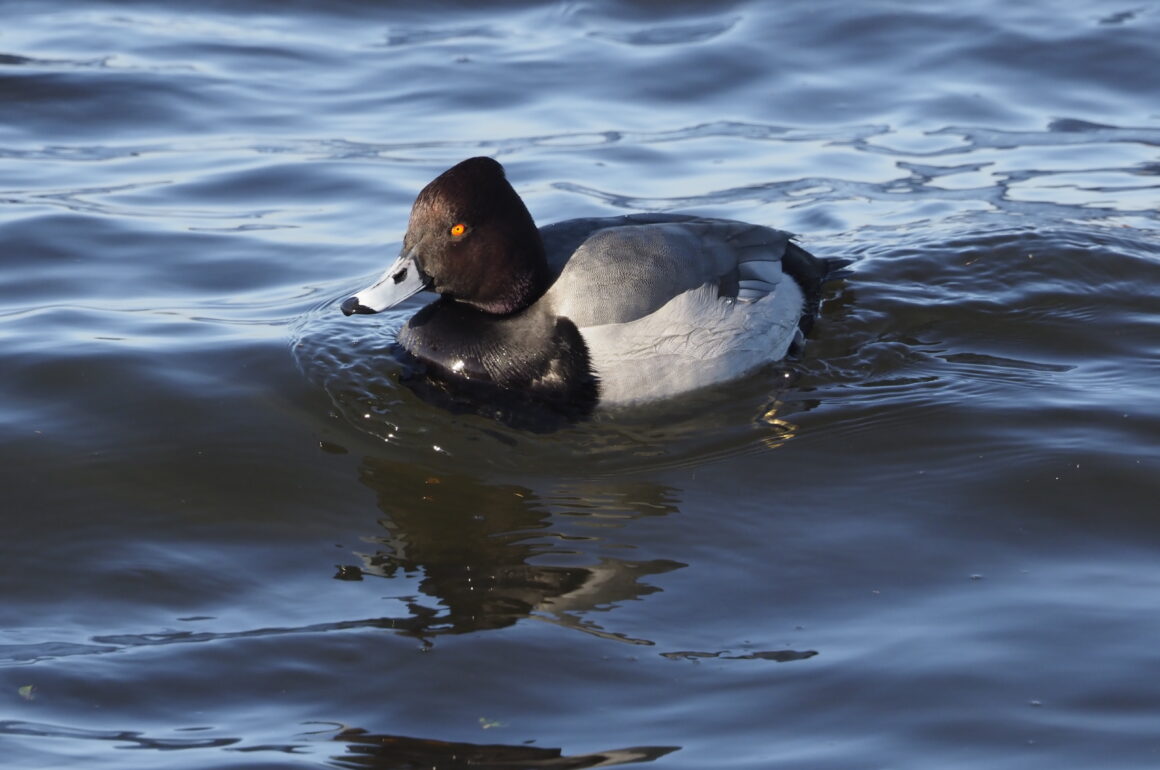
As a general rule, birders don’t like hybrids. For a start, they may struggle to identify them, while secondly they can’t even tick them. On BirdTrack, the British equivalent of e-Bird, the list of birds provided does allow for Tufted Duck x Ferruginous Duck to be recorded, but not Tufted Duck x Pochard. However, that’s exactly what I guessed the duck swimming in front of me had to be. It was consorting with large flock of mainly drake Pochards, and as its behaviour was identical to its companions, as was its size and shape, it didn’t immediately stand out. However, there had been reports of a Scaup mixed in with the flock, which at first glance I thought this bird might be. As soon as I looked at it more closely it was quite clear that it wasn’t a scaup of any species, despite its resemblance to a North American Lesser Scaup. The latter, by the way, is a rare but regular vagrant to the British Isles, first recorded here in 1987, but seen annually in recent years.
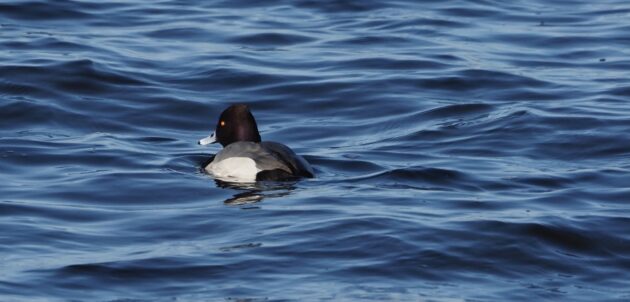
My bird certainly had the peaked crown characteristic of a Lesser Scaup; the feathers on its head looked black at a distance, while closer inspection revealed a purple sheen. However, as you can see clearly from my photograph, the back feathers were finely vemiculated, unlike the rather coarser vermiculation on the American bird. Lesser Scaup has only a slight black tip to the beak, while this bird had a clear black band. My hunch was Tufted Duck x Pochard.
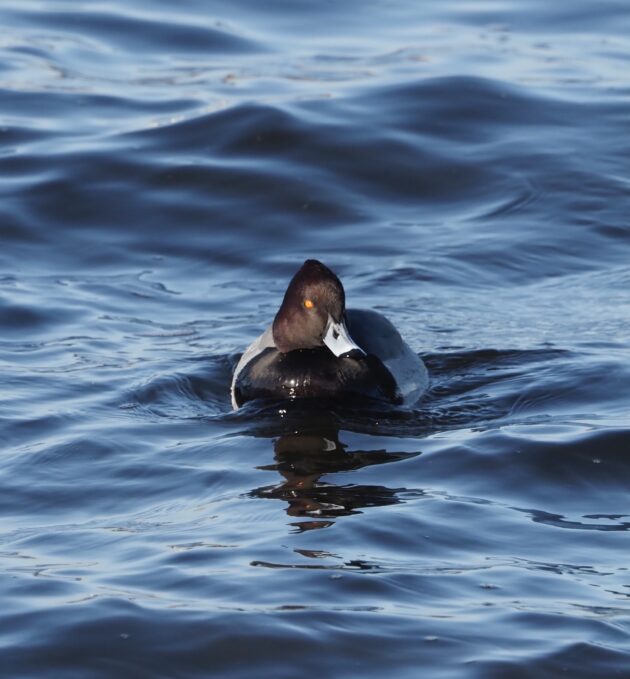
Not many field guides are helpful when it comes to hybrids, but the Collins Bird Guide gets full marks thanks to a double-page spread of Pochard hybrids, beautifully illustrated by Killian Mullarney. Lars Svensson’s accompanying text explains “a rather puzzling fact is that, among wildfowl, hybrids appear to occur more commonly among geese and members of the ‘pochards’, genus Aythya, than among dabbling ducks. The reason for this is not clear.” He goes on to suggest that when studying a hybrid duck, “always play close attention to: pattern, size and shape of bill; iris colour; shape of head seen in profile; and presence or not of fine vermiculation on grey or grey-brown parts.”
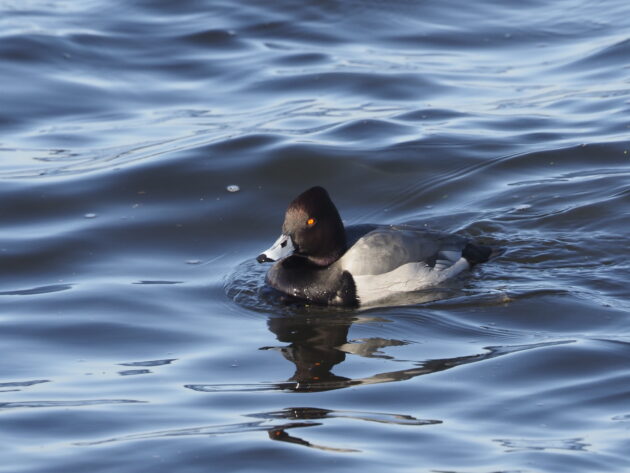
Seven different hybrids are shown in the Guide, including Tufted Duck drake x Pochard duck. The description is uncannily accurate for the duck in my photograph. I hadn’t considered the possible parentage more than the two probable species involved, but intriguingly a Pochard drake x Tufted duck looks quite different. Svensson notes that Tufted drake x Pochard duck is “now a well-known hybrid”. Further research revealed the Bird Hybrids blog (http://birdhybrids.blogspot.com) has several revealing photographs of this (and many other) hybrids.
I photographed the bird shown here at the Wildfowl & Wetlands Trust reserve at Welney on the Ouse Washes (Cambridgeshire, UK) in November. Intriguingly, I had also photographed a similar hybrid bird here in February this year (see picture below). Was it the same individual? My guess is that it probably was. Where it had spent the summer is anyone’s guess, but the majority of the Pochard that winter in the UK come from Eastern Europe and Russia, with birds ringed in Latvia being particularly numerous.
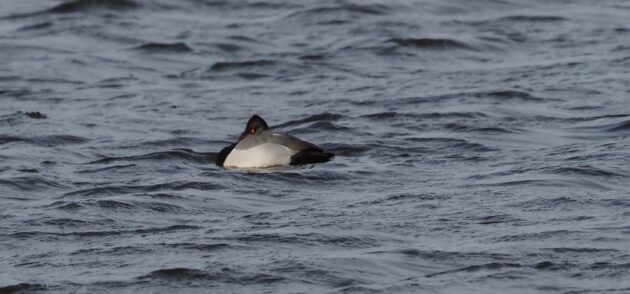
Hybridisation may be rare among wild wildfowl, but is common in captivity where birds have considerably less choice of potential partners. I’ve seen some weird-looking hybrids in duck collections. Many years ago a friend of mine kept a small but varied collection of ducks and geese. One year he was very excited when his female Hawaiian Goose hatched four healthy goslings, the first time he had managed to breed this species. However, as they feathered up it was clear that something was wrong. Sadly, they weren’t pure Hawaiians, but hybrids with a Barnacle Goose. Both geese are quite closely related as they are members of the genus Branta, which also includes the Redbreasted Goose, Brent Goose, Cackling Goose and Canada Goose.
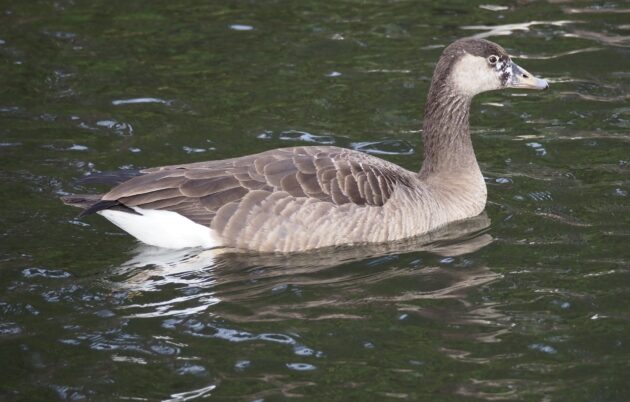
Not that geese have to be members of the same genus to hybridise. I regularly see wild hybrids of Canada Goose x Greylag Goose (a Branta with an Anser). Why the two species should mate is a mystery, but the resulting offspring is simple to identify as my photograph shows. I suspect that they may be fertile, too, but that’s something I’m unsure about. They’re not good-looking birds, so they may struggle to attract a partner. Charles Darwin was most concerned when he discovered that hybrids between Greylag and Swan Geese were completely fertile, as his early definition of a species was that one species did not interbreed with another.
My most memorable encounter with a non-wildfowl hybrid was some years ago in Finland, when I was taken to a Blackgrouse lek where two cock Racklehahns were present. The Racklehahn is a well-known hybrid between a male Blackgrouse and female Capercaillie. These two Racklehahns were quite different. One was a handsome bird that showed features of both parents, while the other was a distinctly ugly-looking blighter. Alas, I wasn’t able to spend sufficient time watching them to see if they had any success with the assembled Blackgrouse hens. This was before the days of digital photography, too, so I didn’t take any photographs. However, if you want to know what a Racklehahn looks like, take a look at The Bird Hybrids Blog which has some great photographs.
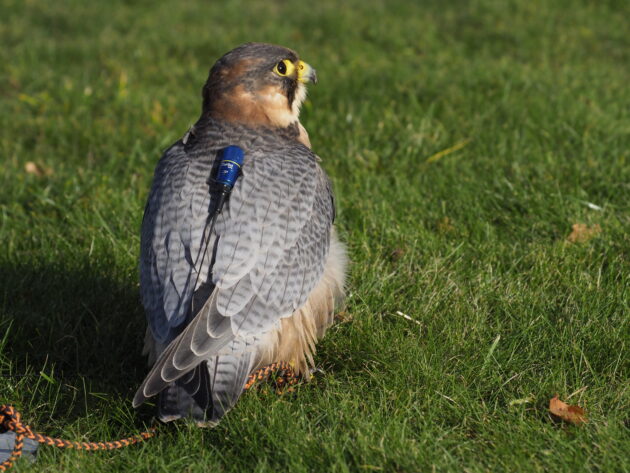
Falconers discovered several decades ago that hybrid falcons have extra vigour, so with the help of artificial insemination some unlikely hybrids have been produced. Peregrine crosses are most popular, often with Gyr or Saker Falcons, while I’ve even seen birds that were an unlikely cross between a Peregrine and a Merlin. When these hybrid falcons escape into the wild, as they sometimes do, they invariably create a real identification challenge. A Saker x Peregrine can look very much like a dark-phase Gyr, while Saker x Gyr often resemble the latter. Fortunately, falcons do not (as far we know) hybridise in the wild, while as far as I am aware nobody has studied the impact of escaped hybrids on wild populations.


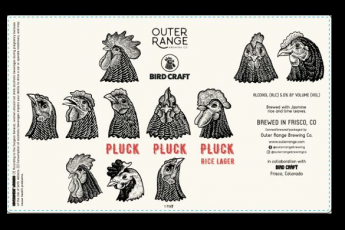
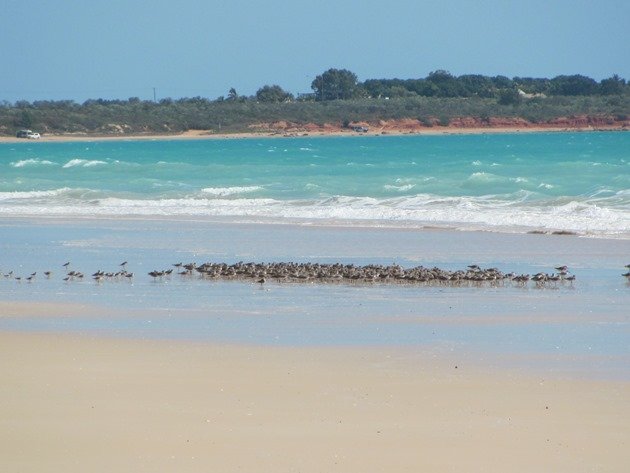

 New writers welcome – please contact us for details.
New writers welcome – please contact us for details.

















The Collins is indeed fantastic. I let myself be guided by the books for my lists so Collins gives me an additional 14 possible ticks.
If I had seen it here in Colorado I would have thought that the first bird was a ring-necked duck (Aythya collaris.) The missing feature is a ring on the bill. We joke about the name given that there is no ring on their necks.
Another great read. If little brown jobs and 50 shades of grey among gulls wasn’t enough we have hybrids to identify. Keeps us on our toes.